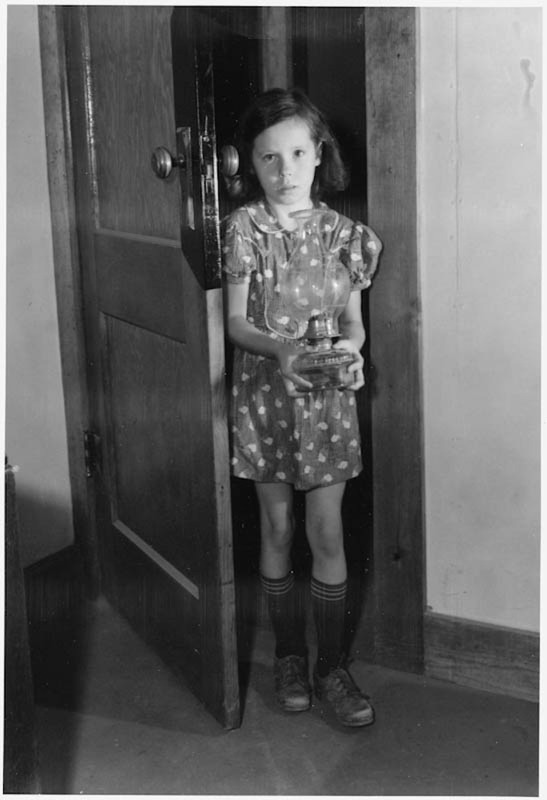Deep East Texas Electric Cooperative

During the 1930s, the rural citizens of Texas made do without electric lights, running water, refrigeration, and many appliances now considered necessities. Electric power had been part of city life since the turn of the century, but few farms had electric power and the modern conveniences it allowed. Less than 10 percent of farms across the country had electricity and only 2.3 percent of Texas farms had it.
In 1937, local people in and around San Augustine, Texas, came together to remedy this problem by forming the Deep East Texas Electric Cooperative, Inc. (DETEC). Using an initial loan of $128,000 from the Rural Electrification Administration (REA), DETEC built its first electric transmission lines and begin delivering power on December 16, 1938. Life for rural East Texans was about to get much easier.
Try to imagine how dark the Texas countryside was before rural electrification. Unless one lived close to town, darkness would be broken only by moonlight. Most farmers had kerosene lamps, but the light from one lamp was a flickering 25 watts and many families could afford only a few lamps. Wealthier farmers might have a diesel generator with limited low-power electric lights or gas lights, but these were much less powerful than electric lights. Darkness hindered studying, recreation, and chores. It is no surprise that most rural citizens spoke of the time their houses were electrified as "getting the lights."
Electric lights were an obvious benefit of electrification, but may not have been the favorite. The ability to pump water electrically significantly benefitted those on farms. One federal study during the 1930s estimated that the average farm family used 200 gallons of water each day or 73,000 gallons per year. A bucketful at a time, the farm family moved about 1,600 pounds of water each day by hand. At least one day per week, some of that water went into the wash tub, where the farm wife would scrub loads of clothes on a washboard by hand. It was hard, back-breaking labor. Anyone would want to soak in a hot tub after it, but who would want to haul the water to fill the tub. Electricity allowed water pumps to deliver the water where needed for washing machines and indoor bathrooms.
Electric refrigeration brought personal and business convenience to the farm. Gone were the days of hanging the tea jar and the butter tub down the well to keep them cool or trying to keep ice for the icebox from melting too fast in the Texas heat. The farm family could keep their food in an electric refrigerator. More importantly, the farmer reduced spoilage because he could refrigerate the milk his cows produced until the dairy picked it up and he could preserve his harvested fruits and vegetables long enough to bring them to market.
By March 1939, DETEC reported to the REA that its first 291 members were using 72 refrigerators, 79 electric irons, 94 radios, 47 water pumps and three milk coolers. Electric convenience had come to the farm.
Images







